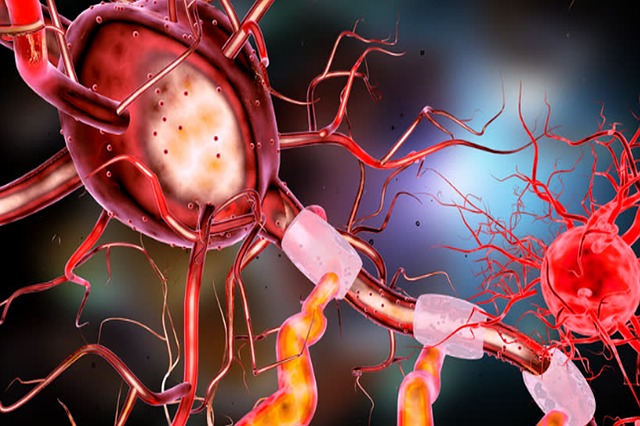The term often used by a chiropractor to correct spinal dysfunction is called an adjustment. There are many ways to perform an adjustment and this will vary depending on the patient, age and particular spinal imbalance that is present.
Prior to performing the adjustment, your chiropractor must first perform a thorough history and examination.
As well as ruling out other conditions that may require referral to a more appropriate health professional, your chiropractor needs to assess areas of imbalance in the body. When an area of imbalance is found in the spine it is often called a vertebral subluxation.
A common misconception is that “bones go out of place” and chiropractic adjustments “put the bones back in”. This is not the case.
Vertebral subluxation has more to do with the delicate balance of the spine being altered – affecting normal alignment, movement and deep muscle balance.
Because the deep spinal muscles and joints are very rich in nerve receptors that continually send important messages to the brain, a subluxation can alter the nerve messages and affect the image that the brain receives about your body.
This process is known as dysafferentation.
Dysafferentation may result in spinal pain, headaches, numbness and tingling, poor balance, joint pain and muscle weakness as well as having the ability to impair your general health and wellbeing.
Even problems such as elevated blood pressure, asthma and digestive problems may be related to or aggravated by dysafferentation. In many cases, the problem develops over many years before the symptoms are obvious.
An adjustment to the spine, whether applied as a quick or slow stretch, aims to reset the system by activating the nerve receptors. These particular nerves are the largest and fastest of the body.
It is the job of your chiropractor to supply the energy at the right time and at the right place so your body can use it to bring your body’s controlling system (nervous system) to a more balanced state.






